A group of students in Ho Chi Minh City created a robotic hand to help restore hand function in stroke victims, reducing difficulties in their daily lives.
The product, created by seven students from the Ho Chi Minh City University of Industry, won third prize in the Smart City Initiative Competition (DigiTrans Smart City) held in November. The robotic hand helps stroke patients and people with nerve and musculoskeletal problems improve their hand mobility.
According to Tran Binh Nguyen, group technology manager, rehabilitation devices currently on the market mainly practice gripping movements of the entire hand, and there are not many products that focus on practicing fingers and knuckles.
Researching the market, the evaluation team found that to buy a similar product, it would cost 4-20 million VND depending on the type. Wanting to have an affordable product with a diverse training regimen, the team created an exoskeleton drive system with a similar operating mechanism to the human hand, operating automatically at a low cost of 600,000 to 2 million VND so that patients can practice at home.
The hand frame is made of PLA bioplastic material and is designed with the same size of joints and flexion and extension angles as an adult's hand. The main function of the finger joints is to create an angle suitable for the critical points when practicing according to the treatment regimen for each stage while ensuring that the fingers do not deviate or tilt during the practice process.
When the robotic hand is in operation, the cranks transmit motion to the connecting rods to push the mechanism forward, indirectly pushing the rotating knuckles to create movement for the fingers. Servo motors are integrated into the skeleton to synchronize the movements of the fingers, making it easier to grasp or practice stretching.
Introducing the team's physical therapy robot arm. Video : Research team
To design the product, the team looked to real patients to calculate the necessary forces. The team also sought the help of hand and rehabilitation doctors to advise on developing treatment protocols for each type of disease. This helped the product to be programmed with the correct exercise regimen for the patient.
When using, the user will wear the device on the hand, using rubber fabric straps to fix the fingertips. The device has an integrated button controller with exercise functions. The user sets up separate modes according to the treatment regimen of each stage such as stretching, gripping, practicing each finger... so that the patient can use it easily.
To evaluate the applicability, the team tested it on patients at a hospital in Binh Duong . Patients used a robot to support hand flexion and extension, helping to create feedback from the hand to the brain. With a training level of twice a day, one hour each time, after one month of treatment, the patient was able to move his fingers lightly, with a recovery rate of about 30%. The following month, the patient increased the training frequency to four times a day with a faster training intensity, bringing the recovery rate to 60 - 70%. By the third month, the patient could hold an object weighing 100 grams and hold a cup to drink water.
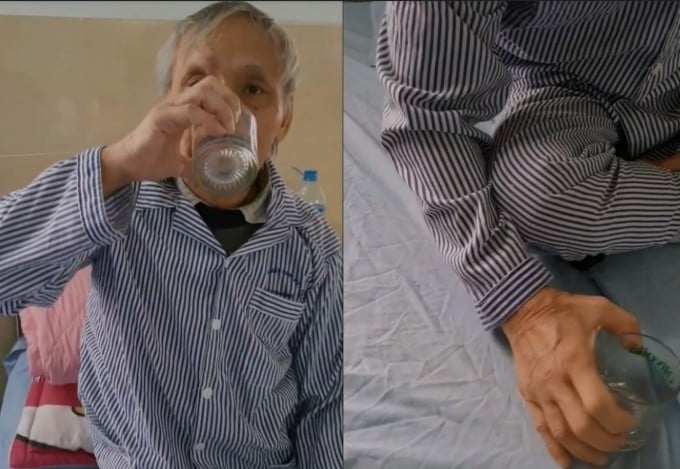
Patients can hold a glass and drink water after using the team's device. Photo: NVCC
According to Binh Nguyen, the product's limitation is that the mechanical design of the transmission is not optimal, is still bulky, and can cause difficulty in use. In addition, the control system must also be operated on a computer, and there is no control application via a phone app for more convenience.
In the near future, the group plans to create a compact product that not only exercises the hands but also other parts of the body. This will help doctors collect important data to develop treatment plans for patients to recover faster.

A representative of a group member received third prize at the Smart City Building Initiative Competition organized by the High-Tech Business Incubator, Ho Chi Minh City High-Tech Park in November. Photo: SHTP-IC
Mr. Quach Anh Sen, Deputy Director of the High-Tech Business Incubator, Ho Chi Minh City High-Tech Park, assessed that the group's products demonstrate high investment in technology and potential for application to stroke patients, which has shown signs of increasing in recent years. However, for a product to enter the market, it is necessary to have a process of optimizing technology and testing on a large scale of patients to evaluate its effectiveness.
Mr. Sen said that the incubator will consider bringing projects to participate in the incubation program to support resources so that products can continue to improve technology and reach the market in the coming time.
Ha An
Source link
























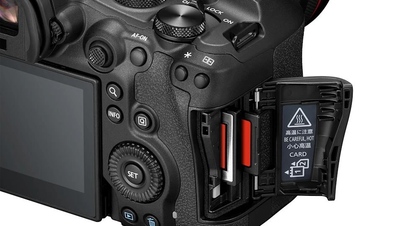








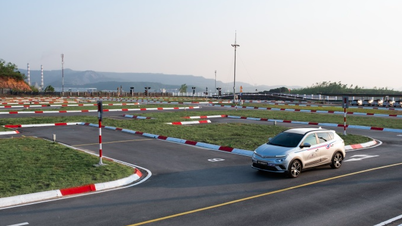









































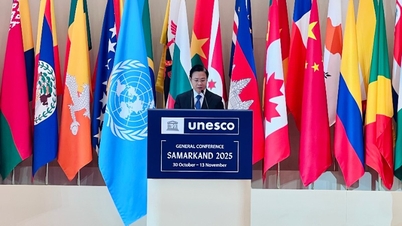










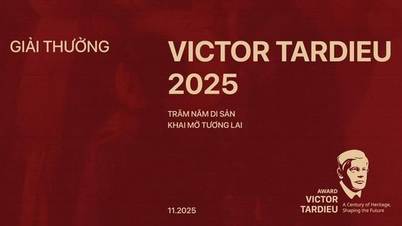




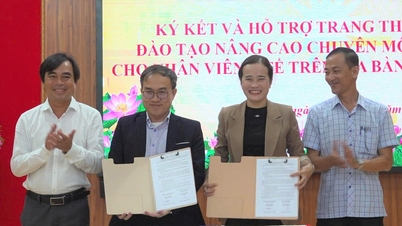





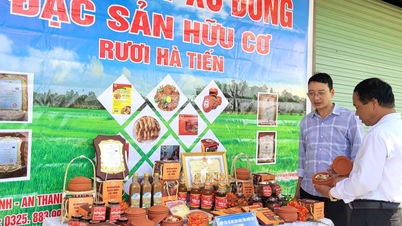



![Dong Nai OCOP transition: [Part 2] Opening new distribution channel](https://vphoto.vietnam.vn/thumb/402x226/vietnam/resource/IMAGE/2025/11/09/1762655780766_4613-anh-1_20240803100041-nongnghiep-154608.jpeg)













Comment (0)